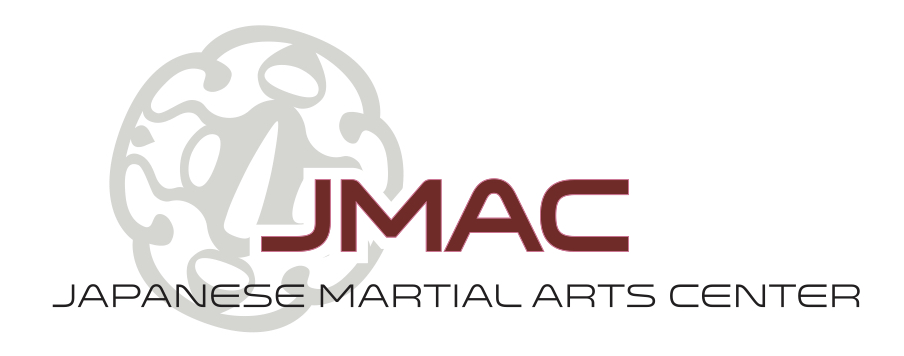Bowing
Transcript - Bowing
All traditional Japanese martial arts begins and ends with the bow.
The bow is a sign of respect and peace — respect for the traditions, respect for the people you train with — and it shows your peaceful intentions. That doesn't mean we don't go hard sometimes, it doesn't mean we don't compete in a friendly way with one another, but the point is, it's absolutely imperative that we respect one another, and we respect the environment we're practicing in.
What is all that about? Well, when we move into the class at first, we bow before we step on and off the training area, and we also bow to start and end class. That's a more formal bow with a seated aspect and a standing aspect, and there are also some commands which we'll talk about in a video down the road. The important thing to remember now is that when you step on the mat, you bring your absolute best self with you. There's kind of a line, an invisible line, between off the mat and on the mat, and when you step to the edge of the mat and you bow, it's not just an external gesture to let other people know that you're respectful of the environment — it's also an internal gesture that you should pair with the mindset that, hey, I'm going to empty my cup, I'm going to try to do the best that I can, and I'm going to treat the others in the dojo with absolute, utmost respect.
To begin class, we bow in a formal manner. The instructor stands in front, closer to the shomen, black belts along the side, and the students in one line. What you want to do is look for your senior students and line up on the same line that they do. We stand with our heels together, shoulders back in a nice upright posture.
The commands are:
"Kiotsuke!" — "Stand up straight!"
"Shomen ni!" — that's for the instructor turn and face the front.
"Seiza!" — "To sit." We put our left foot back, our right foot back, toes out, and sit on our heels.
Then you'll hear "Shomen ni rei!" — "Bow to the front."
The instructor will turn around and you'll hear "Sensei ni rei!" — "Bow to the sensei," show mutual respect, and when we do that bow, we say "Onegaishimasu!" — which is a request: I request to work with you. "Onegaishimasu!"
At that point somebody, often the most junior member of the dojo will call the mokusou — "Mokusou!" — and that's the call to meditate. We close our eyes, relax the body, try to clear your mind, prepare yourself for class. When that's over, the instructor will say "Mokusou Yame!" At that point, we open our eyes and they will say "Kiritsu" to stand up. We pull our toes under, right foot forward, stand up, and then begin training.
So our next video will be about counting. We use counting for a variety of purposes — to count cadence, keep track of things, help increase the energy in class — and I'll talk more about that and just give you the specific words because, even though it's easy to hear them, it's not always easy to get the pronunciation right. So I look forward to seeing you in that next video.
